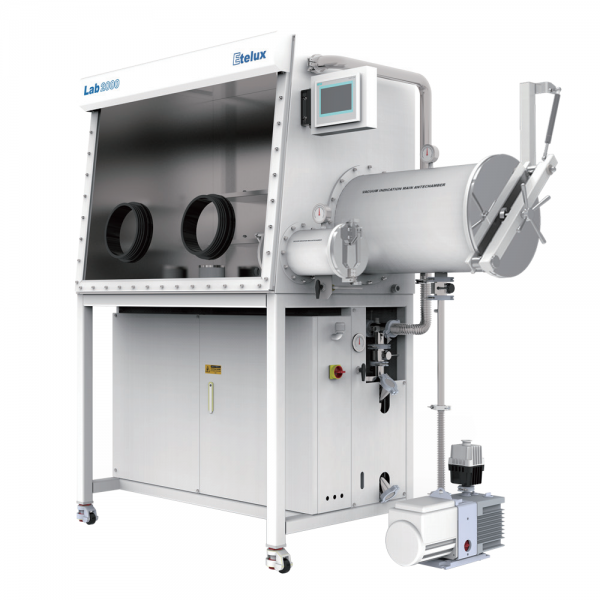The main inert gases commonly used in glove boxes are nitrogen (N₂), argon (Ar) and helium (He). Easily available and relatively low cost, these gases protect reactive chemicals from oxidation and ensure that volatile substances do not catch fire or explode.
Of these, nitrogen is more commonly used because of its cost-effectiveness; argon is also frequently used; and helium is sometimes used to create an inert atmosphere.
In some cases, other gases may be used to create specialized atmospheres, for example hydrogen (H₂) and carbon dioxide (CO₂) may be used in plant experiments, and specific quantities of hydrogen may be required for chemical reactions.

When using a glove box, it is often necessary to monitor and control parameters such as oxygen, humidity, temperature and pressure inside the box to ensure the stability and safety of the experimental or manufacturing process. For example, trace oxygen transmitters can be used to monitor trace oxygen to detect leaks in an inert environment; trace moisture transmitters can be installed to detect potential leaks to control humidity, etc. At the same time, it is important to pay attention to the safety of the use of gases to avoid leakage, and according to the actual needs of the selection of appropriate inert gases and the corresponding monitoring and control measures.
Before using the glove box, it is necessary to ensure that the equipment and gas source sealing, as well as the room is in a dry and ventilated state. In addition, the regeneration outlet pipe and the vacuum pump exhaust port should be open to the outside or inside the ventilation duct to prevent the inert gas from leaking and causing danger. If a person is exposed to high purity inert gas for a long period of time, it may affect his/her health, so protection and ventilation should also be observed during operation.

























